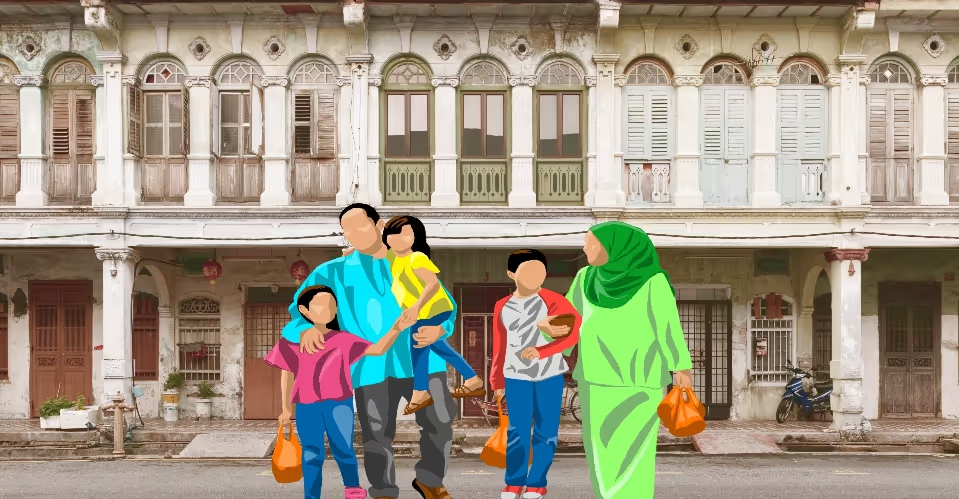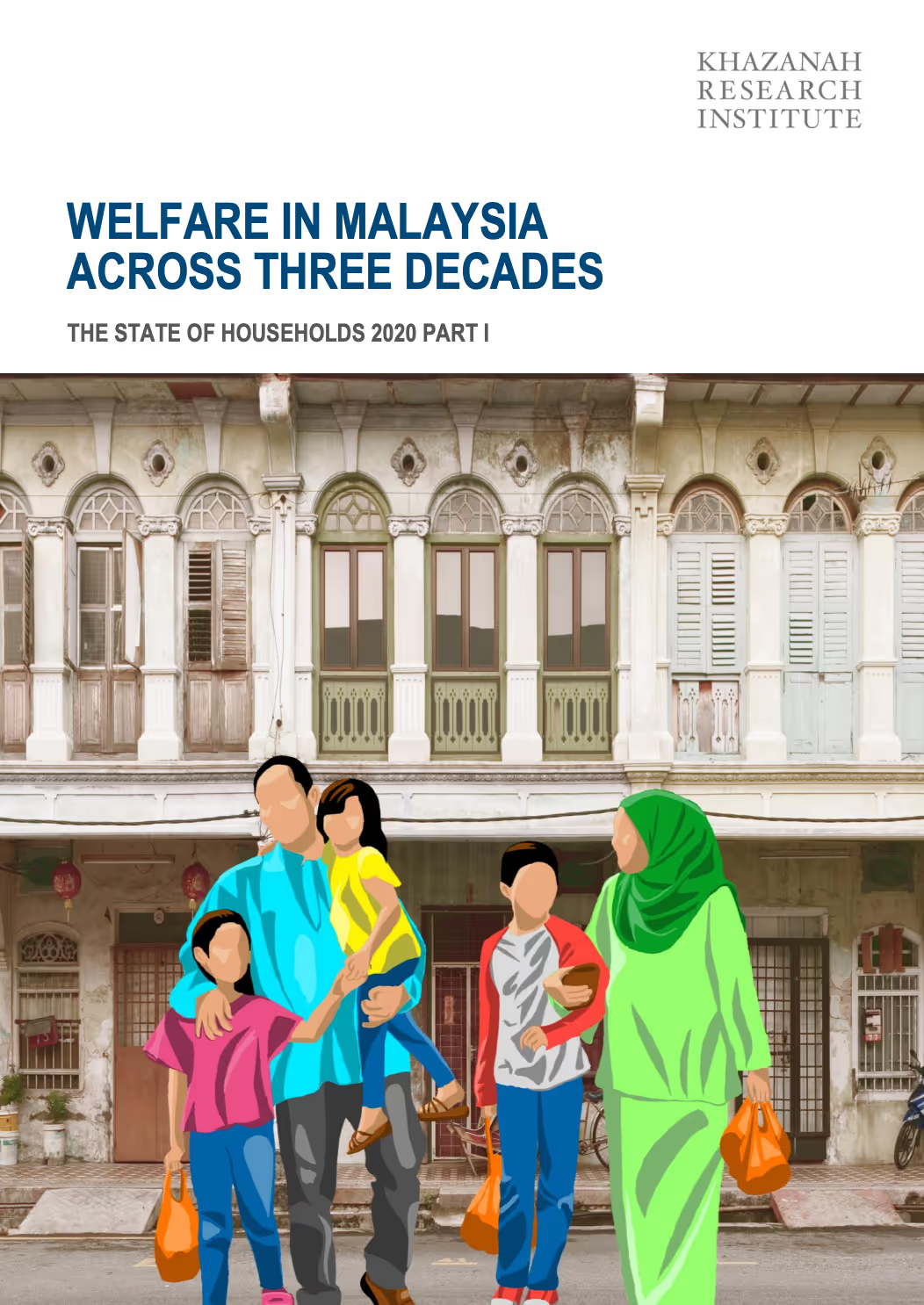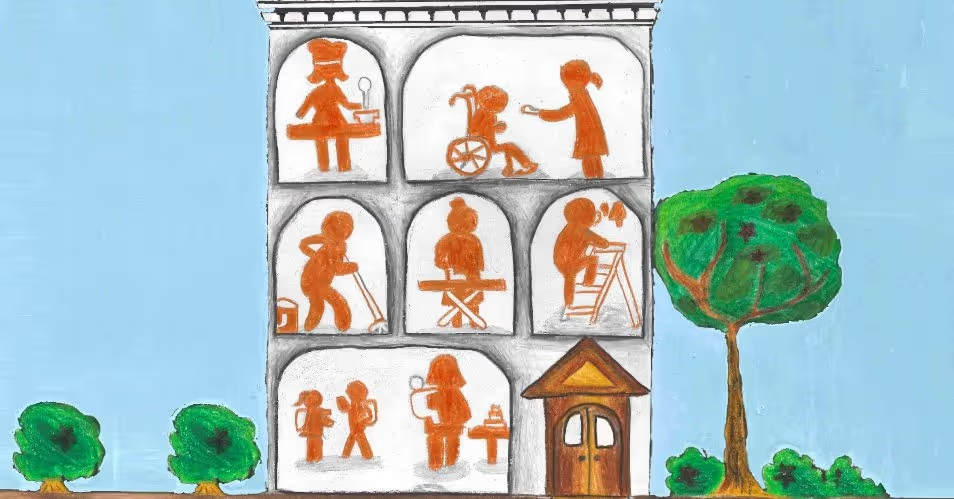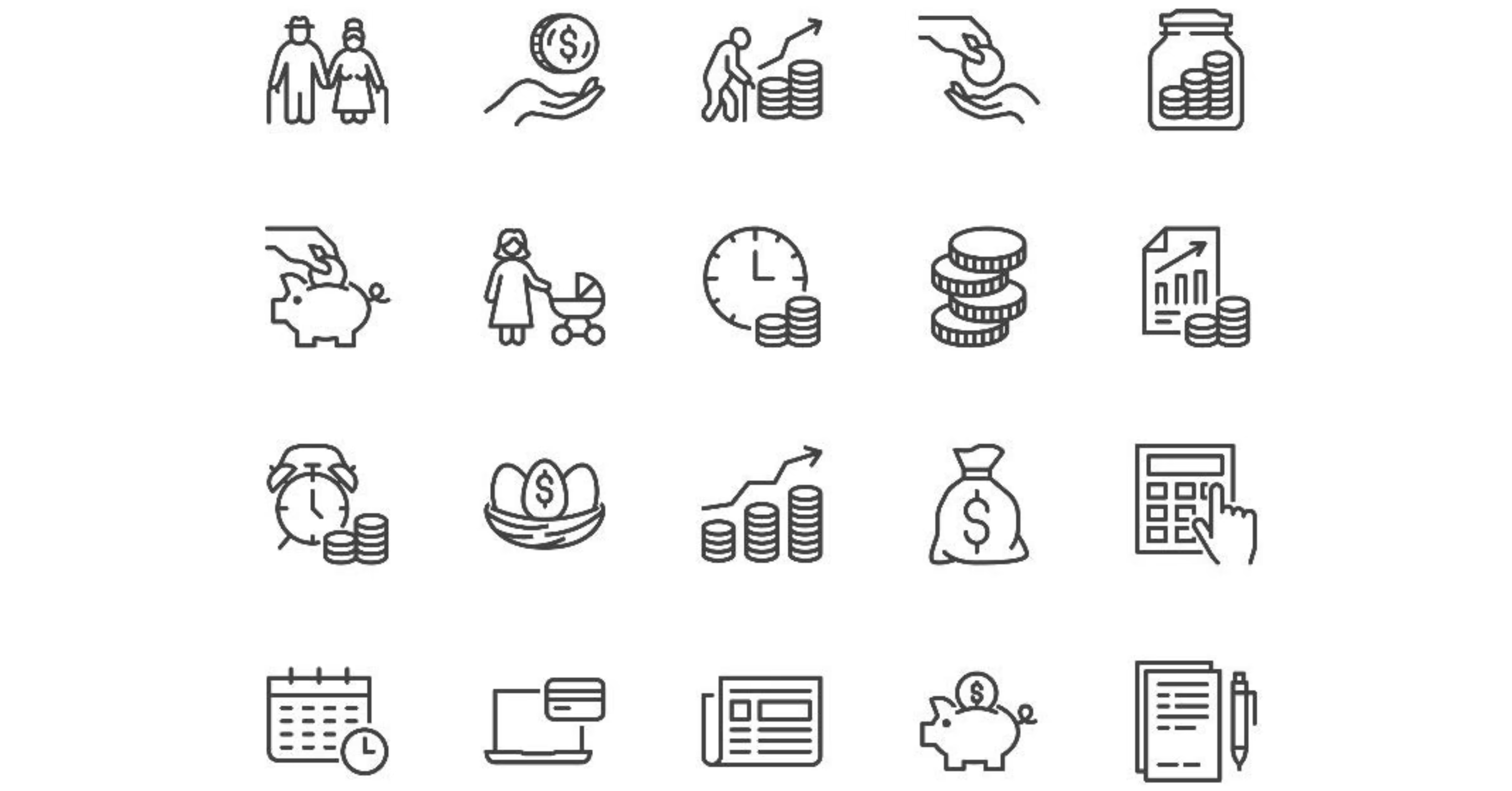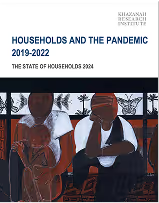
When Vision 2020 was introduced to the Malaysian society in 1991, no one would have predicted that the year 2020 entailed a global pandemic, which triggered economic recessions that reverberated across the globe, including Malaysia. There is clearly a stark contrast between the aspirations in 1991 and the lived realities of Malaysian households in 2020.
However, to make sense of where we are, it is important to take a longer-term view of things, as it helps to learn from our peaks and troughs as a society. While the narrative of progress for Malaysian households over the three decades is generally positive, with significant improvements in average incomes, poverty and inequality, we must remain critical in our discussion of how we have progressed and of how we will move forward.
In Part I of our latest installment of The State of Households series, we explore the underlying trends behind headline measures of welfare to critically assess how all households in Malaysia have collectively benefited from our nation’s development. Further, we locate welfare within the distribution and production structure of the economy, arguing that welfare cannot be divorced from how the economy is organised and structured.






